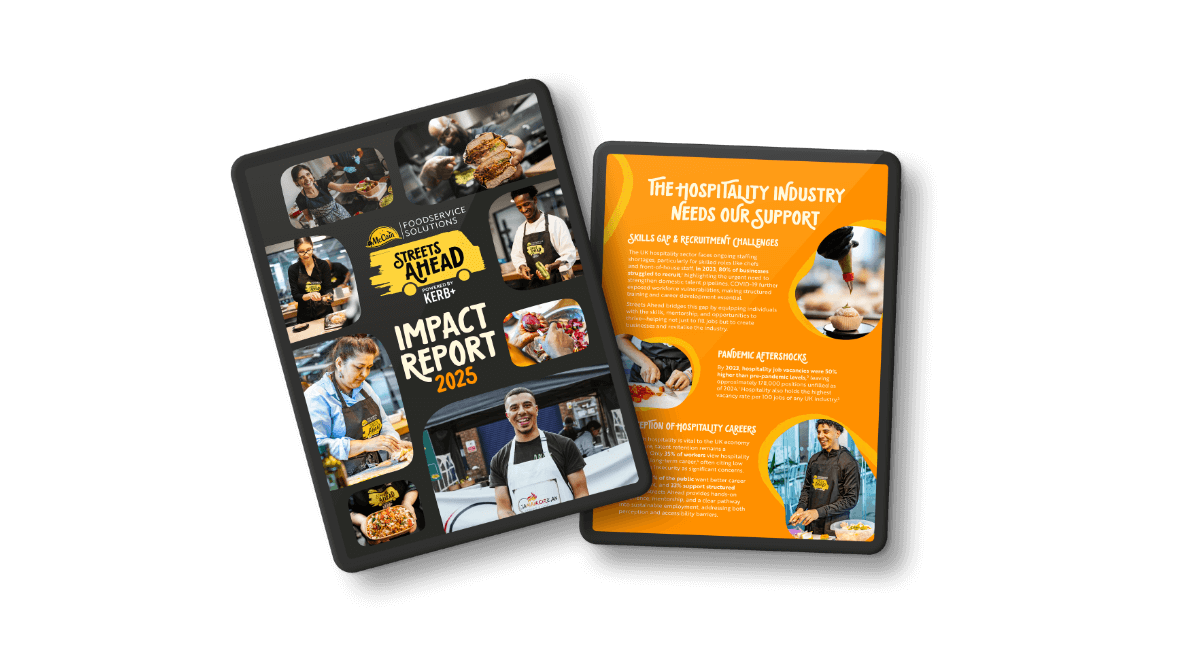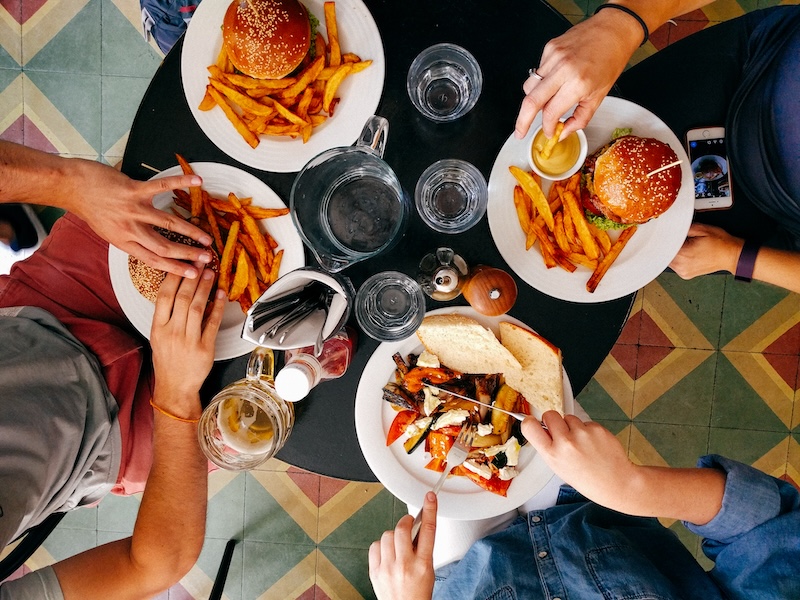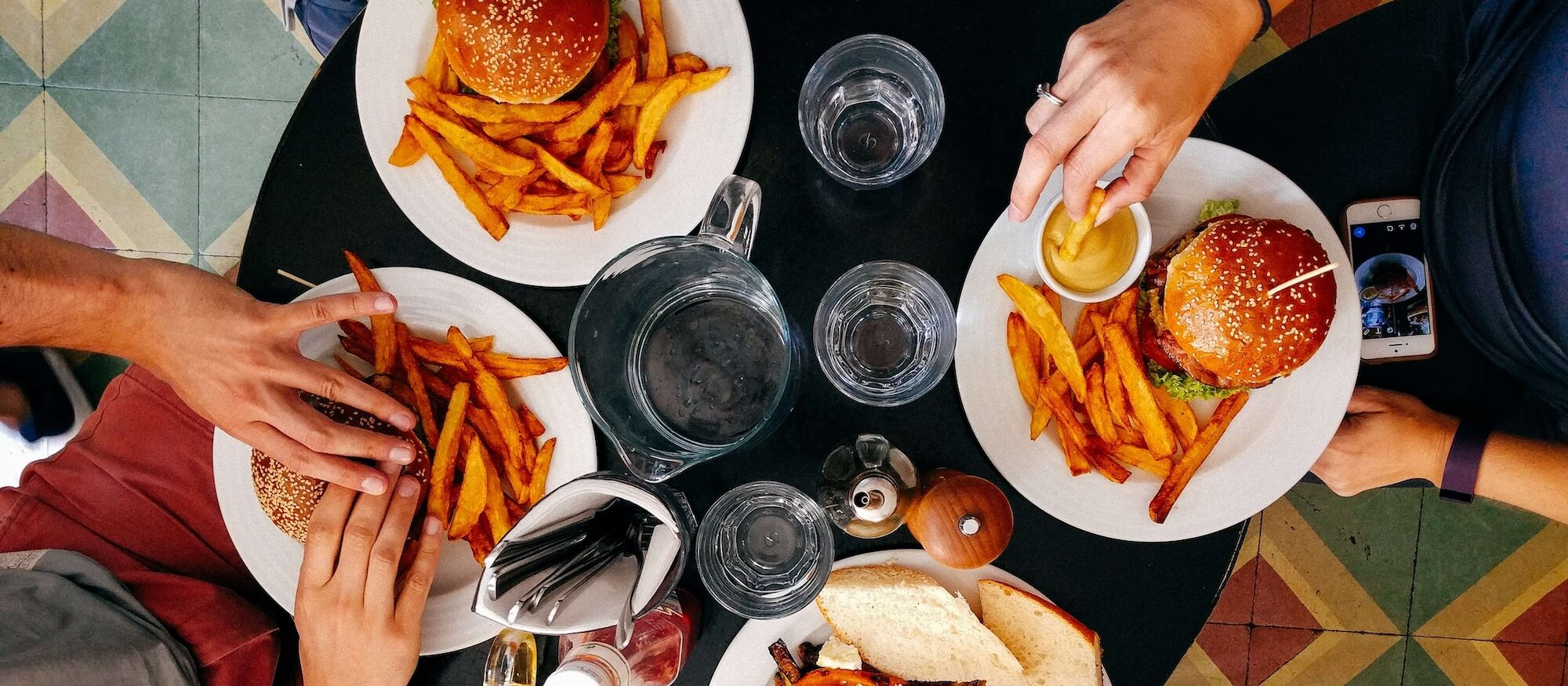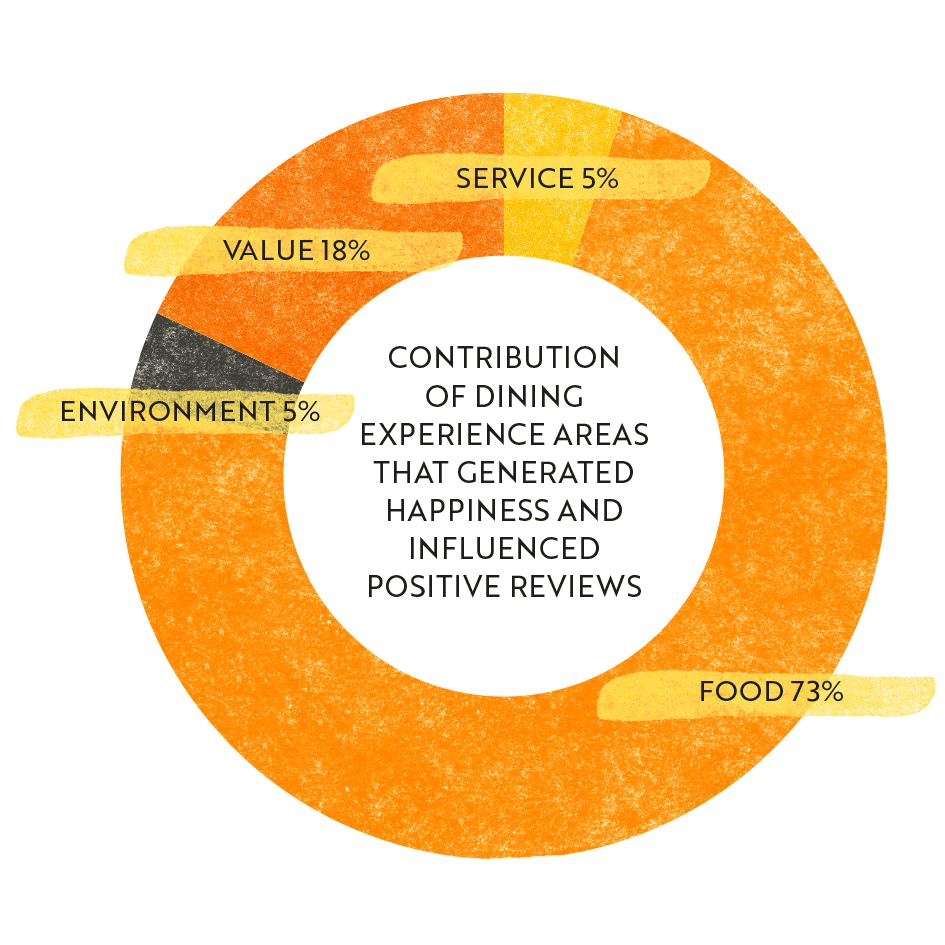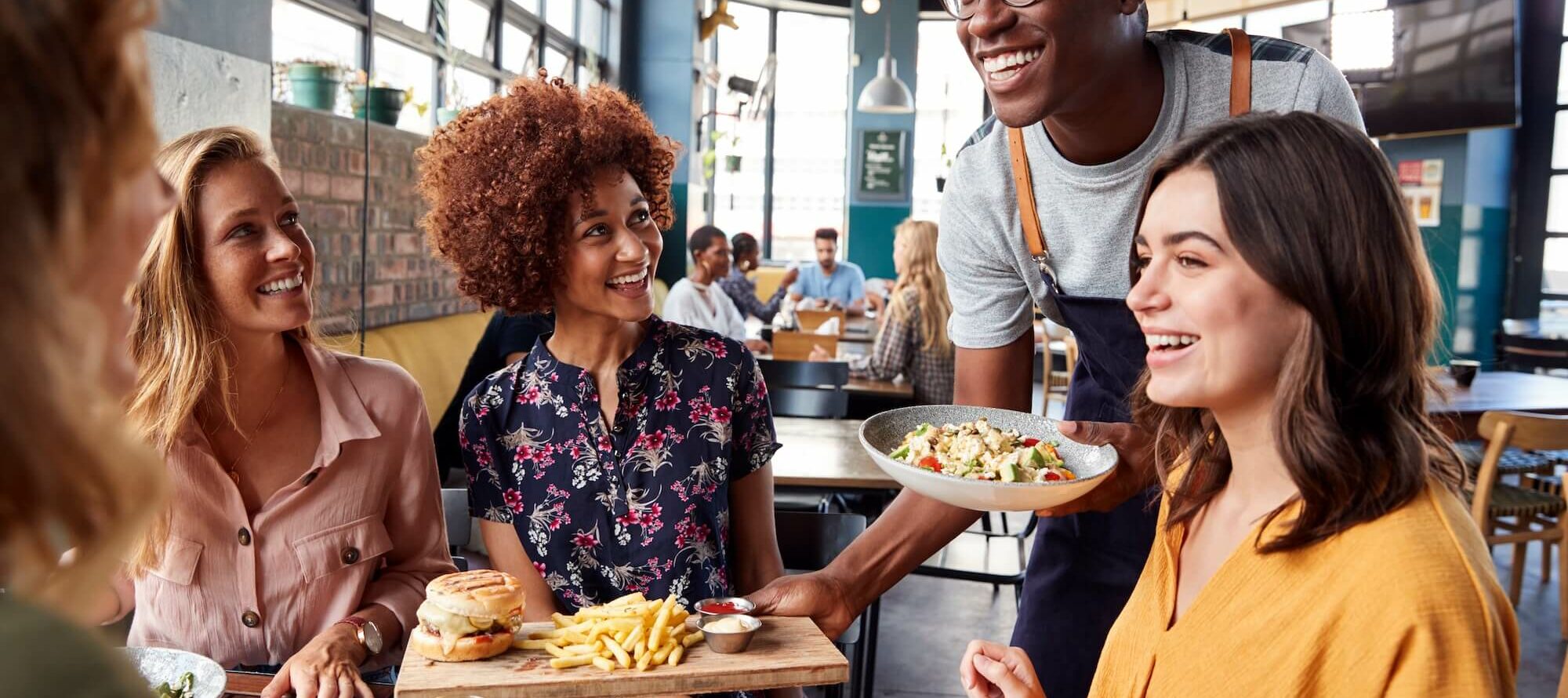Together let’s make the moment matter
The market continues to thrive on social dining experiences, with people prioritising connection and indulgence when eating out. As hybrid work remains the norm, social brunches, dinners, and weekend gatherings are becoming more popular than functional, work-related dining occasions.
At the same time, consumer preferences are evolving, with a growing appetite for fresh takes on classic favourites like fries and sides. This shift presents a perfect opportunity for operators to reimagine their menus with bold flavours, unique textures, and shareable options that enhance craveability and create memorable dining moments.
The Power of Textures
As consumers seek multi-sensory dining experiences, texture is becoming a key factor in food enjoyment. From the satisfying crunch of crispy fries to the contrast of soft and crispy elements in a dish, texture adds depth and excitement to every bite.
Crispy foods remain a staple on menus, enhancing both flavour and presentation. McCain SureCrisp™ fries are designed for lasting crunch, while McCain’s Pickers offer a delicious range of cheese snacks that are gooey, stretchy and indulgent. Making every dish more craveable and unique.
Check out this recipe:
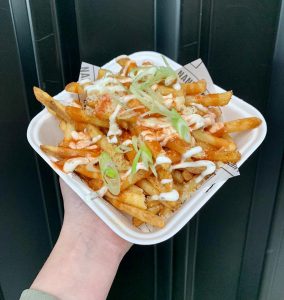
NANNY BILL’S AGGY FRIES feature McCain Surecrisp™ seasoned with a mixture of herbs, spices and sea salt, a sprinkling of parmesan, a drizzle of garlic and herb sauce, and a dash of hot sauce topped with some spring onions for colour.
Plant Based
The continuing driver around plant-based foods has led to the creation of further innovation to celebrate vegetables.1
Chefs and creators are increasingly pairing exciting plant-based ingredients with favourite flavours. As of early 2025, approximately 12% of the UK population, or around 6.4 million people, follow a meat-free diet.2 This trend is expected to continue, with an additional 15% of Brits planning to adopt a meat-free lifestyle within the year, potentially bringing the total to over 14 million by the end of 2025.

Consumers are seeking vegan versions of their favourite dishes that closely mimic the texture and experience of traditional products. McCain SureCrisp™ Traditional Thick Cut fries are the perfect pairing for dishes like this tofish and chips @unitydiner were serving up @thebigfeastival!
Vegan drenched fries are at festivals across the UK each summer with recipes such as Vegan Cheese & Wild Mushroom as an alternative dish to the ever-popular Poutine. The clear coating on the McCain SureCrisp™ range makes them perfect for topping as they stay crisp even when loaded.
Greener carbs are also set to be more popular and involve texture innovation. Rice and pasta made from cauliflower, peas and other plant-based proteins will be seen more and more throughout the years to come.
McCain uses British potatoes grown by local farmers and so ensure their products have lower food miles compared to imported varieties. 2025 continues to see rapid growth in the food-tech arena, with lab-grown beef, seafood, and dairy becoming more widely available alongside plant-based meat and dairy alternatives. Advances in cellular agriculture and fermentation technology are driving innovation, offering more sustainable and scalable options for consumers seeking ethical and environmentally friendly food choices.
The Power of Colour
“We eat with our eyes and so if it looks good, we expect it to taste good too.” – Observes Nathalie Pauleau, global product manager for natural colours at Givaudan.
The mental bond created by food colour is very strong. Different colours have different connotations: “In 2020 blues and greens were very popular as they have strong connections with health, vitality, relaxation and wellbeing and have long been associated with nature” she explains.3
Psychology plays a key role in how consumers experience food, and colour is a powerful tool for creating emotional connections. In 2025, vibrant colours such as yellows and oranges continue to be popular, as they are associated with energy, warmth, and vitality. McCain’s Menu Signatures Sweet Potato Fries offer a visually striking and delicious side. Try topping them with Moroccan-spiced sour cream, fresh coriander, and tangy pomegranate for the ultimate colour splash that delights both the eyes and the taste buds.
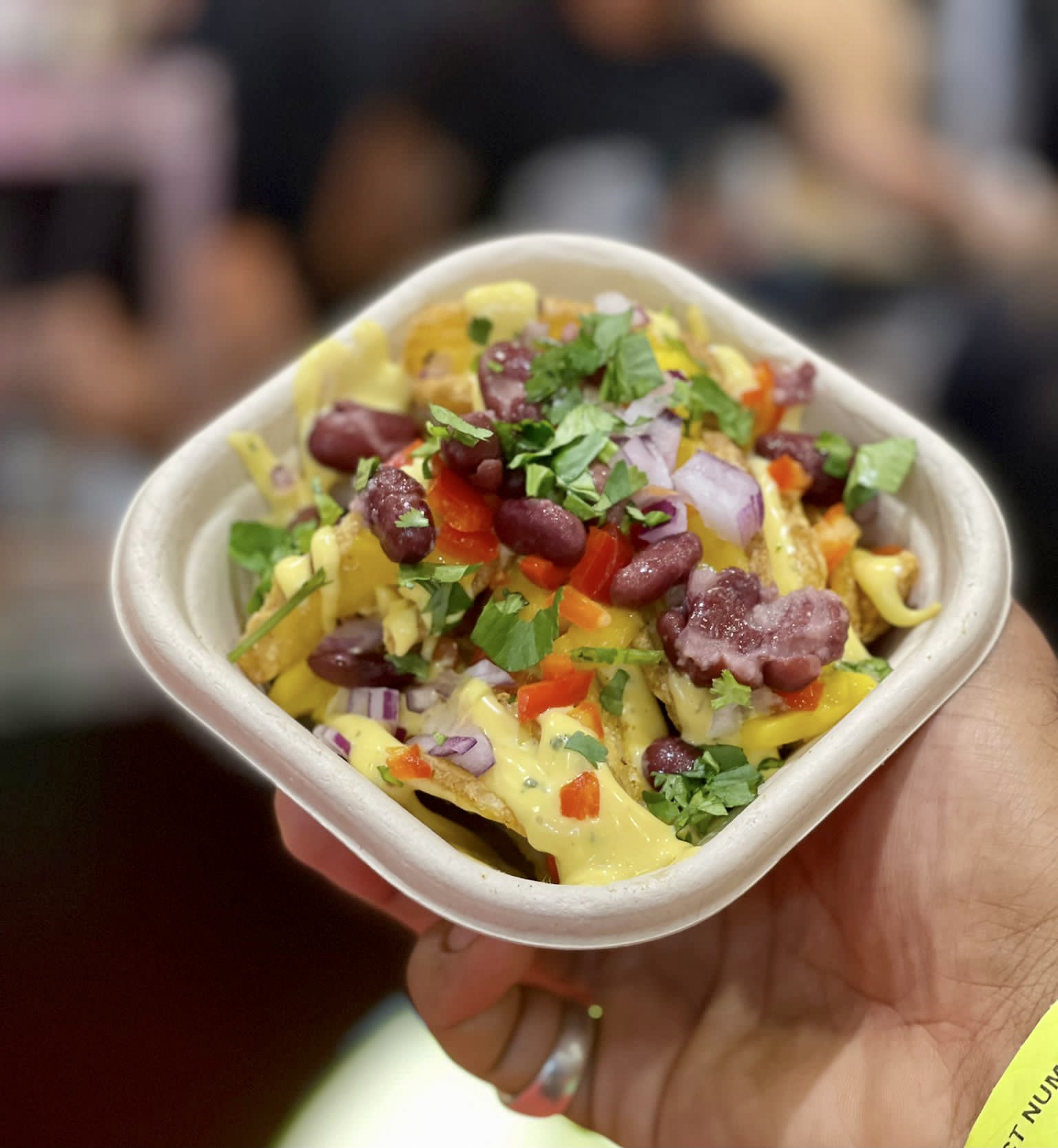
With social media continuing to dominate the digital landscape, visually striking foods are more shareable than ever. In 2025, bold and vibrant colours play a key role in making dishes more ‘Instagrammable,’ driving engagement and sparking consumer interest. Eye-catching sides offer the perfect opportunity to experiment with colour, texture, and flavour—while also commanding a premium on menus.
Try Only Jerkin’s recipe of McCain Crispers tossed in a dry jerk seasoning with black beans, red onion, chilli mango aioli, coriander and chillies.
½ of the brain’s capacity is visual
We also know it is possible to change the flavour of food as you eat it, by altering its colour.
Charles Spence, an Oxford experimental psychologist who helped Heston Blumenthal develop his boundary-pushing menus, places vision in parallel with smell when it comes to distinguishing flavour.
“Half the brain capacity is visual which is why the colour of food can help determine whether a food is appetising and help define its flavour” – Charles Spence
This shows the importance of visually pleasing foods and how restaurants need to be brave and innovative to keep consumers interested and happy.
New Flavour Dimensions
Taste sensations are created by something called entropy; this is the measure of the number of possible arrangements atoms in a system can have. It is a measure of uncertainty and randomness. We experience entropy in the mouth when we eat. Food ends up in a state of disorder within the mouth as flavours make their way across the palate of the tongue.
It is predicted that chefs will use the science of entropy to rearrange food atoms within the mouth to produce new textures, flavours and even more from sweet to savoury within a few bites.4
The trend for entropy will continue to evolve in the area of umami and is due to become even more extreme and prevalent across menus over the coming years.
Flavour Fixers
Sides are the perfect transporter of flavour, especially those with skin-on rugged textures that grip spice blends and seasonings. Discover a whole new world of flavour with our own expert flavourologists map exploring botanicals, flavours of the sea and botanical flavour combinations that will elevate your sides to the next level!
There is a need for multi-sensory experiences, and this had led to a raft of experimental dishes.5
Wild & Wacky Trends
In 2025, the trend of “vehement foods” continues to push boundaries, turning dining into a multisensory experience. Experts predict a future where food becomes interactive—changing colours, textures, and even movement to evoke emotions and enhance flavour perception.
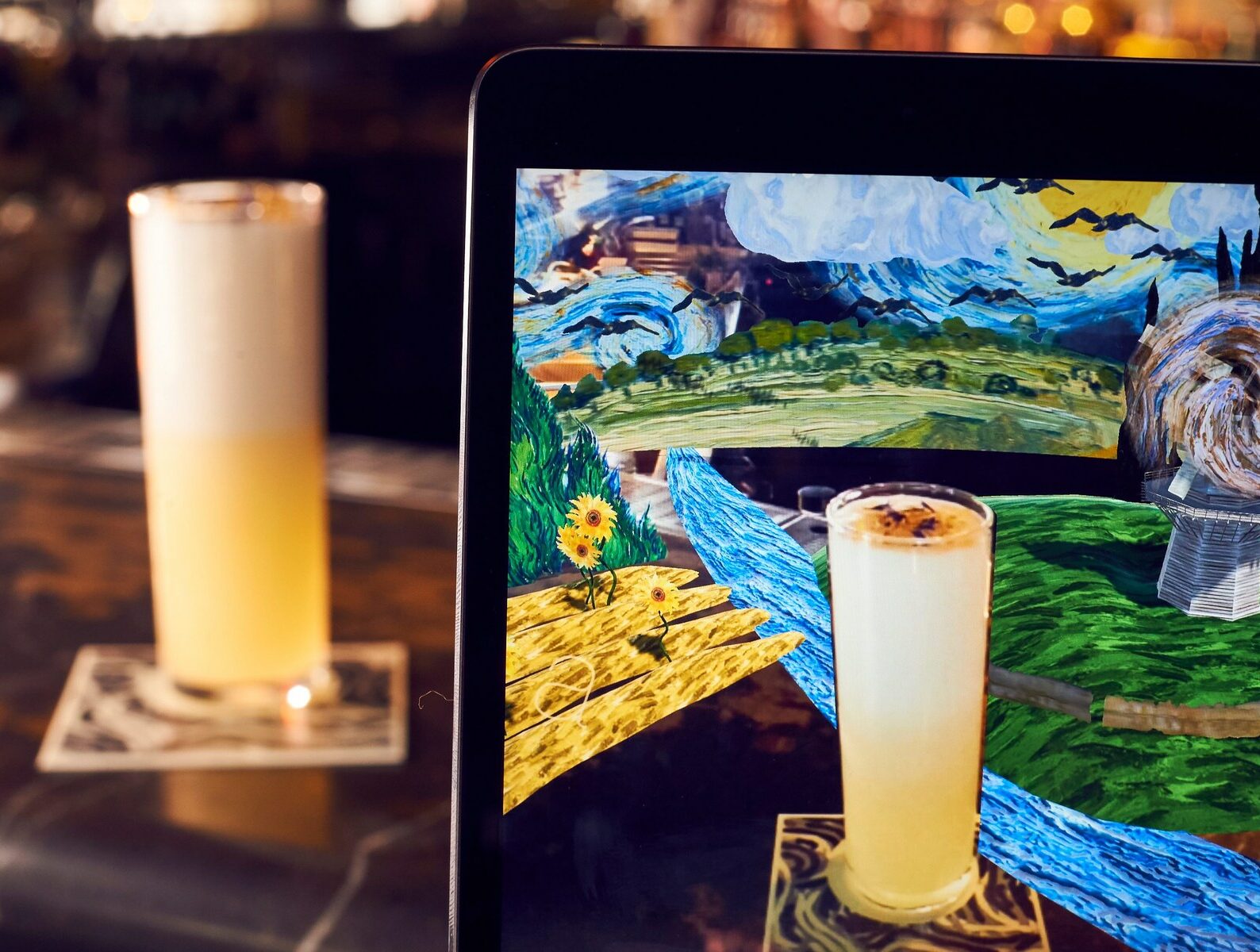
This trend is set to further integrate social media platforms and immersive technologies, with apps allowing you to watch your chips dance on your fork, or a burger that evolves to the beat of music, or a dessert that changes color as you eat it, responding to temperature.
Take a look at ‘Mirage’, an app by City Social, which introduces the an Augmented Reality Cocktail Menu, using VR to bring cocktails to life.
Vibrant, experiential foods are expected to rise in popularity, offering a visual spectacle for diners. As the demand for more “elevated experiences” continues to grow, dining is increasingly becoming a multi-sensory adventure.
Upcycled food is projected to continue growing as a prominent food trend, with a report from Future Market revealing that the upcycled food market is currently valued at $46.7 billion, with an expected compound annual growth rate (CAGR) of 5% over the next decade.
A 2021 study published in Food & Nutrition Sciences revealed that only 10% of consumers are familiar with upcycled food products, but the great news is that once educated about them, 80% say they would seek them out.6
McCain are committed to being zero waste to landfill and 100% potato utilisation by 2030 with products such as their skin-on fries.7
Discover Our Ranges
Like you, we’re passionate about bringing people together over food to create truly memorable moments. It’s our ambition to help keep customers coming back with exciting ideas, future trend predictions and product solutions that help you bring them to life on your menu. Here at McCain Foodservice Solutions we are dedicated to future innovation and sustainability.
Our potatoes are grown in Britain by our network of 250 farmers who work with us on using sustainable irrigation systems and renewable energy. Our unrivalled consumer insight when it comes to fries and sides helps us create ranges that your customers will love.
Sources
- https://www.wgsn.com/fd/p/article/92048#page1
- https://www.finder.com/uk/stats-facts/uk-diet-trends
- https://www.foodmanufacture.co.uk/Article/2021/04/01/How-food-colours-tap-into-consumer-mood-and-wider-trends
- https://greenseedgroup.com/food-trends-2021/
- https://www.wgsn.com/fd/p/article/92048#page1
- https://www.forbes.com/sites/daphneewingchow/2021/05/31/upcycled-food-is-the-coolest-trend-you-probably-never-heard-of/
- McCain’s 2020 Sustainability Report https://documentcloud.adobe.com/link/review?uri=urn:aaid:scds:US:67d671d9-6b4a-41d3-b04b-4c06b08e59ba

